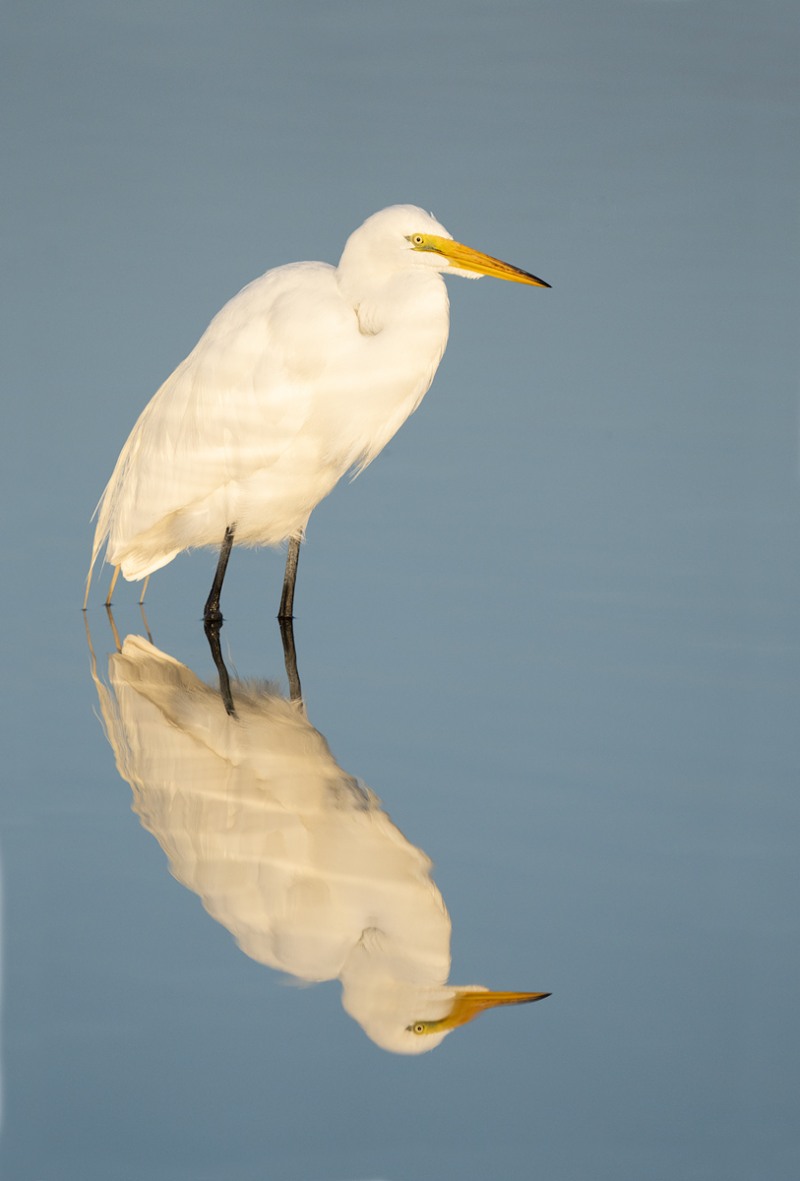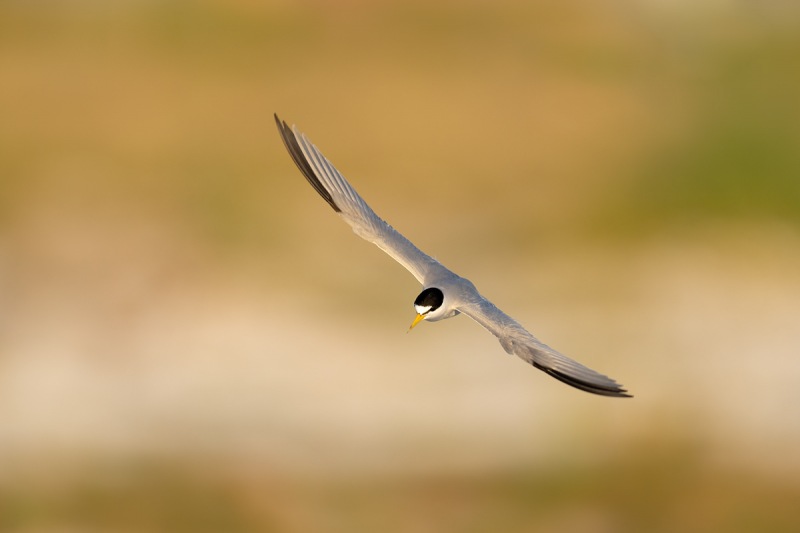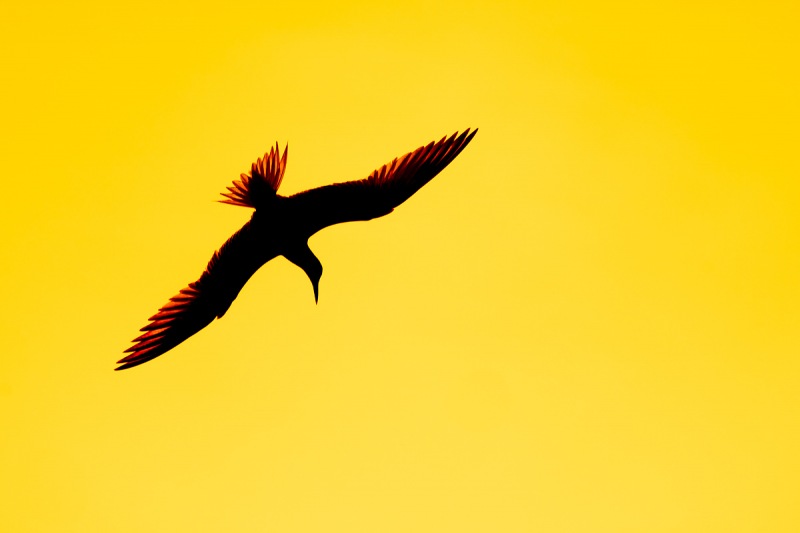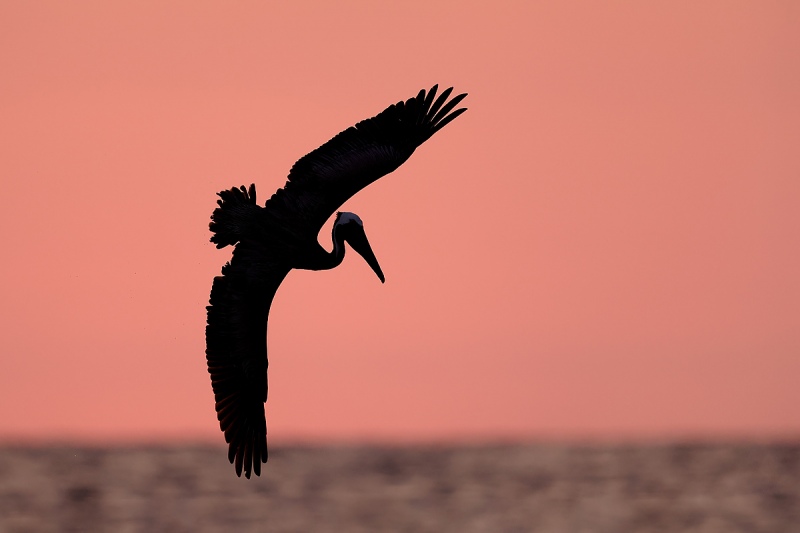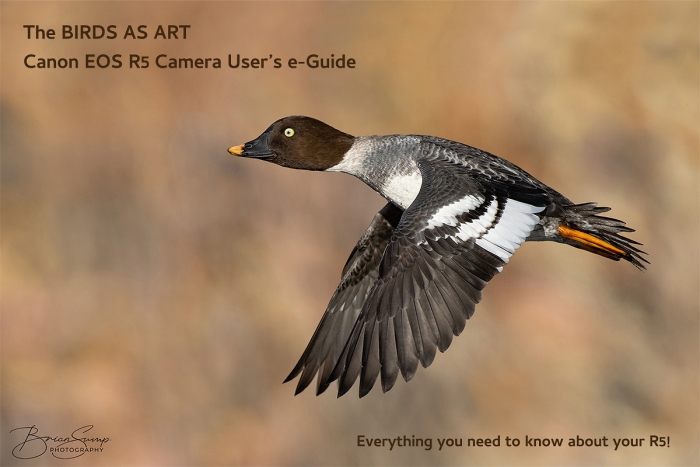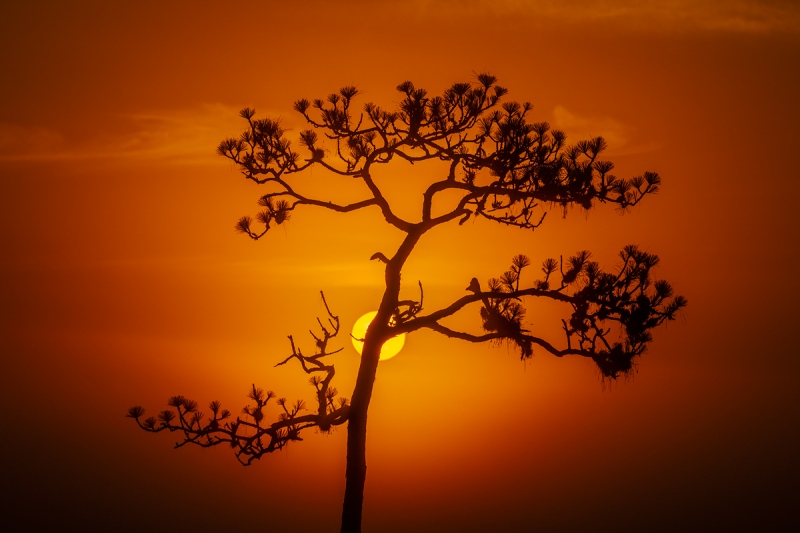May 29th, 2021 What’s Up?
Well, there was no feeding spree on Thursday morning. But there was zero wind; the runover tidal pool was as still as glass, a deep mercury blue. And there were a few birds along with their perfect or close to perfect reflections. We started with a lovely young Tricolored Heron. When it flew off, Clemens and I worked a solitary, young Great Egret. We moved along to do the Marbled Godwits and Willets. An hour later, that same Great Egret had not moved an inch. By 8:15am, we headed to my favorite morning back-up spot. There was not a lot of action there either. We were headed home before 9:00am!
We had a great afternoon at the rookery in North Tampa. There were lots of fledged chicks and many close to fledging. It was a great year. I got some good stuff on just-out-of-the-nest baby Wood Storks, a very young Black-crowned Night-Heron, and several fledgling Tricolored Herons. The night-heron was silly, silly tame. I made 1678 images at the rookery. Those included 929 of the young black-crowned. After the first edit there were 135 images, 51 of those were of the night heron.
Today is Saturday 29 May 2021. The forecast for St. Pete is for mostly sunny with a light southwest breeze. Not bad. We will head to DeSoto early, get back to the AirBnB in time for a shower, and be headed back to our respective homes by 11am or so. Wherever you are, and whatever you are doing, I hope that you have a great day.
This blog post took about an hour to prepare, and makes 154 consecutive days with a new one. Please remember that if an item — a Delkin flash card, or a tripod head — for example, that is available from B&H and/or Bedfords and is also available in the BAA Online Store, it would be great if you opt to purchase from us. We will match any price. Please remember also to use my B&H affiliate links or to save 3% at Bedfords by using the BIRDSASART discount code at checkout. Doing either often earns you free guides and/or discounts. And doing so always earns my great appreciation.
Five Feet High and Rising
How high’s the water mama?
Music and lyrics by Johnny Cash
I’ve spoken of my affection for the music and life of Johnny Cash before. This song is a first person account of the 1937 Mississippi flood that Cash, then aged four years and 11 months, endured with his family. They had to leave their home and flee.
Listen or sing along here.
How high’s the water, mama?
Two feet high and rising
How high’s the water, papa?
She said – it’s two feet high and rising
We can make it to the road in a homemade boat
‘Cause that’s the only thing we got left that’ll float
It’s already over all the wheat and the oats
Two feet high and rising
How high’s the water, mama?
Three feet high and rising
How high’s the water, papa?
She said – it’s three feet high and rising
Well, the hives are gone
I’ve lost my bees
The chickens are sleeping
In the willow trees
Cow’s in water up past her knees
Three feet high and rising
How high’s the water, mama?
Four feet high and rising
How high’s the water, papa?
She said – it’s four feet high and rising
Hey, come look through the window pane
The bus is coming, it’s gonna take us to the train
Looks like we’ll be blessed with a little more rain
Four feet high and rising
How high’s the water, mama?
Five feet high and rising
How high’s the water, papa?
She said – it’s five feet high and rising
Well, the rails are washed out north of town
We got to head for higher ground
We can’t come back till the water goes down
Five feet high and rising
Well it’s five feet high and rising
Please Remember
With income from IPTs now close to zero, please, if you enjoy and learn from the blog, remember to use one of my two affiliate programs when purchasing new gear. Doing so just might make it possible for me to avoid having to try to get a job as a Walmart greeter and will not cost you a single penny more. And if you use Bedfords and remember to enter the BIRDSASART code at checkout, you will save 3% on every order and enjoy free second-day air shipping. In these crazy times — I am out at least forty to sixty thousand dollars so far due to COVID 19 (with lots more to come) — remembering to use my B&H link or to shop at Bedfords will help me out a ton and be greatly appreciated. Overseas folks who cannot order from the US because of import fees, duties, and taxes, are invited to help out by clicking here to leave a blog thank you gift if they see fit.
New and Better Bedfords Discount Policy!
You can now save 3% on all of your Bedfords photo gear purchases by entering the BIRDSASART coupon code at checkout. Your discount will be applied to your pre-tax total. In addition, by using the code you will get 2nd day air shipping via Fed Ex.
Grab a Nikon AF-S Teleconverter TC-14E III and save $14.99. Purchase a Canon EOS R5 and your discount will be $116.97. Purchase a Sony FE 600mm f/4 GM OSS lens and save a remarkable $389.94! Your Bedford’s purchase no longer needs to be greater than $1,000.00 for you to receive a discount. The more you spend, the more you save.
Money Saving Reminder
Many have learned that if you need a hot photo item that is out of stock at B&H and would enjoy free second-day air shipping, your best bet is to click here, place an order with Bedfords, and enter the coupon code BIRDSASART at checkout. If an item is out of stock, contact Steve Elkins via e-mail or on his cell phone at (479) 381-2592 (Central time). Be sure to mention the BIRDSASART coupon code and use it for your online order to save 3% and enjoy free 2nd-day air shipping. Steve has been great at getting folks the hot items that are out of stock at B&H and everywhere else. The wait lists at the big stores can be a year or longer for the hard to get items. Steve will surely get you your gear long before that. For the past year, he has been helping BAA Blog folks get their hands on items like the SONY a9 ii, the SONY 200-600 G OSS lens, the Canon EOS R5, the Canon RF 100-500mm lens, and the Nikon 500mm PF. Steve is personable, helpful, and eager to please.


Gear Questions and Advice
Too many folks attending BAA IPTs (remember those?) and dozens of photographers whom I see in the field and on BPN, are–out of ignorance–using the wrong gear especially when it comes to tripods and more especially, tripod heads… Please know that I am always glad to answer your gear questions via e-mail.
|
|
|
This image was created on 28 May 2021 at Fort DeSoto Park. I used the hand held Sony FE 200-600mm f/5.6-6.3 G OSS lens (at 255mm) and The One, the Sony Alpha 1 Mirrorless digital camera. ISO 1000. Exposure determined via Zebras with ISO on the rear dial: 1/2500 sec. at f/6.3 (wide open) in Manual mode. AWB at 7:14am on a dead-clear morning.
Upper Zone/AF-C was active at the moment of exposure and performed as expected: perfectly. Click on the image to see a larger version.
Great Egret, juvenile and reflection
|
How Still’s the Water Mama?
When I saw this image, I immediately thought of Five Feet High and Rising. And from How high’s the water, Mama, came How still’s the water, Mama? I am not sure why, but it stuck. How still was the water on Friday morning? It was so still that the bird’s eye in the reflection is as sharp as the bird’s eye. In my 38 years of photography I do not recall ever seeing that before. Have you?
If there is the slightest bit of breeze, the water will move a bit and the refection will be distorted. The funny thing is, I have two other images of this bird (made minutes after) and one of a Reddish Egret (made 20 minutes later) that have the eye sharp in the reflection. It was as still a morning as I have ever seen.
The Fort DeSoto Site Guide
Though a bit long in the tooth (like me), the Fort DeSoto Site Guide will get you to my two favorite morning spots. DeSoto is one of very few locations where there is the potential for great photography every day of the year.
Typos
With all blog posts, feel free to e-mail or to leave a comment regarding any typos or errors.
May 28th, 2021 What’s Up?
On Thursday morning, Clemens Van der Werf and I enjoyed a spectacular wading bird feeding spree at Fort DeSoto. The highlights for me were several one year old Tricolored Herons fishing up a storm. Then we spent two hours sitting in four inches of warm saltwater photographing Marbled Godwits, Short-billed Dowitchers, Sempipalmated Sandpipers, and a few Red Knots. We saw lot of knots, but none were in breeding plumage.
I used the Sony VG-C4EM Vertical Grip for the first time. I will do a full review here soon. In short, it ain’t perfect.
On Thursday afternoon, we headed back to do the Least Terns with lighter gear — see below for details on that. We both think that we did much better with the lighter, slower lenses, but we have not seen the images yet. Sunset was a bust with no diving pelicans and no large terns diving.
Today is Friday 28 May 2021. The forecast for St. Pete is for clear skies with a gentle northwest wind. We shall see what we shall see. Wherever you are, and whatever you are doing, I hope that you have a great day.
This blog post took about 90 minutes to prepare, and makes 153 consecutive days with a new one. Please remember that if an item — a Delkin flash card, or a tripod head — for example, that is available from B&H and/or Bedfords and is also available in the BAA Online Store, it would be great if you opt to purchase from us. We will match any price. Please remember also to use my B&H affiliate links or to save 3% at Bedfords by using the BIRDSASART discount code at checkout. Doing either often earns you free guides and/or discounts. And doing so always earns my great appreciation.
Wanted to Buy
I have a buyer for a Canon 600mm f/4L IS III telephoto lens. If you have one sitting on a shelf, unloved and unused, and would like to find a new home for it, please get in touch via e-mail.
Please Remember
With income from IPTs now at zero, please, if you enjoy and learn from the blog, remember to use one of my two affiliate programs when purchasing new gear. Doing so just might make it possible for me to avoid having to try to get a job as a Walmart greeter and will not cost you a single penny more. And if you use Bedfords and remember to enter the BIRDSASART code at checkout, you will save 3% on every order and enjoy free second-day air shipping. In these crazy times — I am out at least forty to sixty thousand dollars so far due to COVID 19 (with lots more to come) — remembering to use my B&H link or to shop at Bedfords will help me out a ton and be greatly appreciated. Overseas folks who cannot order from the US because of import fees, duties, and taxes, are invited to help out by clicking here to leave a blog thank you gift if they see fit.
New and Better Bedfords Discount Policy!
You can now save 3% on all of your Bedfords photo gear purchases by entering the BIRDSASART coupon code at checkout. Your discount will be applied to your pre-tax total. In addition, by using the code you will get 2nd day air shipping via Fed Ex.
Grab a Nikon AF-S Teleconverter TC-14E III and save $14.99. Purchase a Canon EOS R5 and your discount will be $116.97. Purchase a Sony FE 600mm f/4 GM OSS lens and save a remarkable $389.94! Your Bedford’s purchase no longer needs to be greater than $1,000.00 for you to receive a discount. The more you spend, the more you save.
Money Saving Reminder
Many have learned that if you need a hot photo item that is out of stock at B&H and would enjoy free second-day air shipping, your best bet is to click here, place an order with Bedfords, and enter the coupon code BIRDSASART at checkout. If an item is out of stock, contact Steve Elkins via e-mail or on his cell phone at (479) 381-2592 (Central time). Be sure to mention the BIRDSASART coupon code and use it for your online order to save 3% and enjoy free 2nd-day air shipping. Steve has been great at getting folks the hot items that are out of stock at B&H and everywhere else. The wait lists at the big stores can be a year or longer for the hard to get items. Steve will surely get you your gear long before that. For the past year, he has been helping BAA Blog folks get their hands on items like the SONY a9 ii, the SONY 200-600 G OSS lens, the Canon EOS R5, the Canon RF 100-500mm lens, and the Nikon 500mm PF. Steve is personable, helpful, and eager to please.


Gear Questions and Advice
Too many folks attending BAA IPTs (remember those?) and dozens of photographers whom I see in the field and on BPN, are–out of ignorance–using the wrong gear especially when it comes to tripods and more especially, tripod heads… Please know that I am always glad to answer your gear questions via e-mail.
A Tough Task
Photographing Least Terns in flight is a tough task either with a tripod-mounted 600 f/4 (me) or a hand held 600 f/4 (Clemens). They are fast flyers, they dart and turn, and when they land, it is as if they have been shot out of the sky. None-the-less, we each managed a few good ones. Clemens was using his new R5 while his vaunted 1DX III was back at the AirBnB. On Tuesday evening, we headed back for more. Me with the much lighter 200-600, and Clemens with the lighter Canon 200-400 w/internal 1.4X TC (in place most of the time).
What to Try With a Bad Wind at Sunset …
With the sun setting in the west and a stiff wind from the west/northeast, silhouetted birds are facing away from you. We tried for either the diving terns or for diving pelicans. The latter turn away from the wind and give you at least half a chance as they dive.
Shutter Priority Mode with Auto ISO for Sunset Silhouettes
As regular readers know, I often go to Shutter Priority Mode with Auto ISO for sunset silhouette flight photography. This approach works greatly against a light-toned sky well away from the sun and the richly colored sky close to the sun. If the sun winds ups in the frame, you are gonna toast the sun no matter what mode you are in. As noted in the RawDigger guide, without the sun in the frame, everyone under-exposes silhouettes. Even though I was at +2 1/3 stops, this one was almost a stop too dark. Live and keep learning.
Going Wider was a Good Plan
While I stayed with the 2X TC to try for the larger terns, Clemens swapped his 2X for the 1.4X and did much better with the pelicans. That move paid off nicely. At 1200mm, the pelicans were too large in the frame for me. Clemens has now done three sessions with his new R5 and is getting used to it very quickly. He set his new camera up exactly as detailed in the BIRDS AS ART Canon EOS R5 Camera User’s e-Guide.
|
|
|
Cover Image courtesy of and Copyright 2021 Brian Sump (Sump scores!)
|
The BIRDS AS ART Canon EOS R5 Camera User’s e-Guide: $75.00
The guide is 82 pages long: 21,458 words. More than 50 DPP 4 Autofocus-depicting screen captures. And a 31 minute 44 second educational video. This guide took three and a half months of hard work and a ton of help from at least seventeen very helpful and generous folks.
The guide covers — in great detail — all Menu Items that are relevant to bird, nature, and wildlife photography. It does not cover video. The section on AF methods and the AF Gallery has been expanded from the R5/R6 AF e-guide. It remains the one of the great strengths of this guide. I share my thoughts on what I am sure is the single best AF Method for photographing birds in flight. As most of you know, the guide includes a simple and easy way to change AF Methods that was introduced to me by Geoff Newhouse. In the AF Gallery you will see exactly how Face Detection plus Tracking AF works. In the Educational R5 Gallery video, I share my favorite R5 images along with dozens of bird photography tips and techniques.
In addition, I teach you how to get the best exposures with your R5. Detailed instructions on using the great In-camera HDR and Multiple Exposure features will be appreciated by creative folks who like to have fun. The three shutter modes are explained in detail as well. Bruce Dudek solved the can’t-get-to-Auto ISO problem that had stumped everyone at Canon. This information is of course shared in the guide. You will learn how to set up your EVF (Electronic Viewfinder) and Screen toggle options. Not to mention that the mysterious performance of the Q Button is revealed and simplified. Brian Sump’s images reveal how well you can do when using the R5 with EF lenses using one of the three Canon EF-EOS R Mount Adapters (as Donna did with Image #1 below). You will learn how I use Customize Dials to put either ISO or EC on the Thumb Dial and how to set up and save Custom Shooting Modes (C1-C3) that can remember both your Customize Dial and Customize Button settings! That is something that none of the SONY bodies do. 🙁 Near the end of the guide I share my all-important MY MENU items with you.
Like all BAA educational materials, the R5 guide is written in my informal, easy-to-follow style. I am quite proud of this guide and look forward to hearing your thoughts on our hard work.
You can purchase your copy of the BIRDS AS ART Canon EOS R5 Camera User’s e-Guide for $75.00 here in the BAA Online Store or by calling Jim in the office weekday afternoons at 863-692-0906 with your credit card in hand.
From the late Luis Grunauer via e-mail
I’ve watched the R5 gallery video. I LOVE THE PHOTOS and the stories behind them, not to mention that the EXIF data is displayed in Photo Mechanic. Your explanations of the settings and the processes are very helpful. Your comments on framing and composition (both the great ones and the ones you refer to as “created by operator error”) were enlightening. It gives folks a chance to learn from someone with lots of in-the-field hands on experience with the R5! Well done and thanks so much for sharing it with me. There is some awesome teaching in the video to say the least!
From Ron Santini via e-mail
I have an R5 and purchased your “The BAA R5/R6 AF Guide” about a month ago. It has been a game-changer for me. I previously used back button focus (BBF), but after following your guide, that is a thing of the past. You truly simplified the process and I just want to thank you.
Typos
With all blog posts, feel free to e-mail or to leave a comment regarding any typos or errors.
May 27th, 2021 What’s Up?
On Wednesday morning, I thought at first that two of the three Limpkin chicks were lost. But after a great morning, I saw all three with two adults. I got some good stuff on a single Limpkin chick, possibly from a different pair, with and without the adult. I found a Black-necked Stilt nest with no eggs. It is quite a lovely creation made of rotting straw and aquatic vegetation and snail and mussel shells, with about a half-inch of water in the bottom … Without any recent rain, the level of the lake continues to fall daily. I will check the nest out on Monday morning. Nesting success for this species is precarious at best.
I swam early and headed over to Gulfport at about 1:00pm. We left our AirBnB at 5:45pm and, after a not-too-bad afternoon at DeSoto with Least terns and diving birds at sunset, were home by 9:30.
Today is Thursday 26 May 2021. The forecast for St. Pete is for mostly sunny with a light south wind. Good stuff. Wherever you are, and whatever you are doing, I hope that you have a great day.
This blog post took about an hour to prepare, and makes 152 consecutive days with a new one. Please remember that if an item — a Delkin flash card, or a tripod head — for example, that is available from B&H and/or Bedfords and is also available in the BAA Online Store, it would be great if you opt to purchase from us. We will match any price. Please remember also to use my B&H affiliate links or to save 3% at Bedfords by using the BIRDSASART discount code at checkout. Doing either often earns you free guides and/or discounts. And doing so always earns my great appreciation.
Please Remember
With income from IPTs now at zero, please, if you enjoy and learn from the blog, remember to use one of my two affiliate programs when purchasing new gear. Doing so just might make it possible for me to avoid having to try to get a job as a Walmart greeter and will not cost you a single penny more. And if you use Bedfords and remember to enter the BIRDSASART code at checkout, you will save 3% on every order and enjoy free second-day air shipping. In these crazy times — I am out at least forty to sixty thousand dollars so far due to COVID 19 (with lots more to come) — remembering to use my B&H link or to shop at Bedfords will help me out a ton and be greatly appreciated. Overseas folks who cannot order from the US because of import fees, duties, and taxes, are invited to help out by clicking here to leave a blog thank you gift if they see fit.
New and Better Bedfords Discount Policy!
You can now save 3% on all of your Bedfords photo gear purchases by entering the BIRDSASART coupon code at checkout. Your discount will be applied to your pre-tax total. In addition, by using the code you will get 2nd day air shipping via Fed Ex.
Grab a Nikon AF-S Teleconverter TC-14E III and save $14.99. Purchase a Canon EOS R5 and your discount will be $116.97. Purchase a Sony FE 600mm f/4 GM OSS lens and save a remarkable $389.94! Your Bedford’s purchase no longer needs to be greater than $1,000.00 for you to receive a discount. The more you spend, the more you save.
Money Saving Reminder
Many have learned that if you need a hot photo item that is out of stock at B&H and would enjoy free second-day air shipping, your best bet is to click here, place an order with Bedfords, and enter the coupon code BIRDSASART at checkout. If an item is out of stock, contact Steve Elkins via e-mail or on his cell phone at (479) 381-2592 (Central time). Be sure to mention the BIRDSASART coupon code and use it for your online order to save 3% and enjoy free 2nd-day air shipping. Steve has been great at getting folks the hot items that are out of stock at B&H and everywhere else. The wait lists at the big stores can be a year or longer for the hard to get items. Steve will surely get you your gear long before that. For the past year, he has been helping BAA Blog folks get their hands on items like the SONY a9 ii, the SONY 200-600 G OSS lens, the Canon EOS R5, the Canon RF 100-500mm lens, and the Nikon 500mm PF. Steve is personable, helpful, and eager to please.


Gear Questions and Advice
Too many folks attending BAA IPTs (remember those?) and dozens of photographers whom I see in the field and on BPN, are–out of ignorance–using the wrong gear especially when it comes to tripods and more especially, tripod heads… Please know that I am always glad to answer your gear questions via e-mail.
|
|
|
This image was created on 26 May 2021 on State Road 60 about five miles from my home at ILE. I used the hand held Sony FE 200-600mm f/5.6-6.3 G OSS lens (at 255mm) and The One, the Sony Alpha 1 Mirrorless digital camera. ISO 400. Exposure determined via Zebras with ISO on the rear dial: 1/5000 sec. at f/6.3 (wide open) in Manual mode. AWB at 6:41am with a light cloud on the eastern horizon.
Wide/AF-C was active at the moment of exposure and performed as expected: perfectly. Click on the image to see a larger version.
Pine tree at foggy sunrise
|
Blood Work — Japanese-style?
I had forgotten that Quest Diagnostics in Lake Wales opens at 6:00am. It had been 6:30 for forever. I arrived at 5:45am (without an appointment) and was thrilled when the nice lady opened the door at six. I was back in the car headed east on SR 60 by 6:24am. With the foggy sunrise, I stopped to do my favorite group of pines and then jumped in the car to rush down to the lake. Until I saw this tree right on the side of the highway. I pulled over again, grabbed the 2-6, and went to work. I shot darker and darker in an attempt to save the sun. Though RawDigger showed 99,000 OvExp pixels in the R and G channels (out of 51,000,000), I was able to recover most of those during the raw conversion. I did some Sun Doctor work to bring the complete sun ball into line.
With my butt leaning back against my vehicle, I carefully crouched down a bit and chose my perspective so as to place the sun right where I wanted it. Would you have put it somewhere else?
Sun Doctor Work
Unlike Eye Doctor Work, Sun Doctor Work is not covered in detail in Digital Basis II. But all the techniques are. I used a series of Quick Masks refined by Regular Layer Masks to cover the hot spots. Working very large, I erased the entire mask, and then painted the properly exposed sun back as needed.
SONY 200-600 Versatility
In addition to being a one-size-fits-all lens for walk around bird photography, the 2-6 is a superb landscape lens. I generally work with it hand held, but the tripod-foot with Wimberley P-30 plate affixed is always in my bag should I need to do some slow shutter speed scenic photography.
Your Call?
What do you like about today’s featured image? What don’t you like?
The Title?
Do you like the title? If you have a better one, please leave it in a comment.
Sony Alpha a1 AF
Barring operator error, the performance of the Sony Alpha a1 AF system at any focal length — including at 1200mm as seen in recent blog posts — is, when the a1 is set up properly as detailed in the in e-mails to the Sony Alpha a1 Info & Updates group, more than remarkable. Early on, there was lots of discussion within the group with many preferring multiple back button approaches. For me a simple shutter button approach with the right AF settings that yield 99% sharp-on-the-eye images is best. By far. It is super-simple and mega-effective. In recent SONY Alpha a1 Set-up and Info Group e-mails, I shared what I have learned as to when and it what situations it is best to abandon Wide. And with what. The group has already learned to limit the AF Area choices and to switch AF Areas quickly and conveniently. The default method of switching AF points with the C2 button is both slow and cumbersome. In addition, recent e-mails have detailed the best program to use to pick your a1 keepers and the big problem with the Camera Set. Memory menu item.
SONY Alpha a1 Set-up and Info Group
The SONY Alpha a1 Set-up and Info Group is going great guns as folks chime in with thoughtful questions and experience-based advice. We are now up to an astounding 49 blessed folks. Early on, we discussed the myriad AF options. I gave my opinion as to the best one for flight and general bird photography. More recently, we have been in contact with folks at SONY sharing our thoughts, experiences, and frustrations with the EVF blackout problem.
All who purchased their Alpha a1 bodies via a BAA affiliate link will receive a free subscription to the Sony Alpha a1 Set-Up and Info Updates after shooting me their receipts via e-mail. (Note: it may take me several days to confirm B&H orders.) This same service may be purchased by anyone with an a1 body via a $150.00 PayPal sent to birdsasart@verizon.net indicating payment for Alpha a1 Info Updates. Alternatively, folks can call Jim weekdays at 1-863-692-0906 to pay via credit card. New members will receive composite e-mails that summarize all previous discussions.
Typos
With all blog posts, feel free to e-mail or to leave a comment regarding any typos or errors.
|
|




